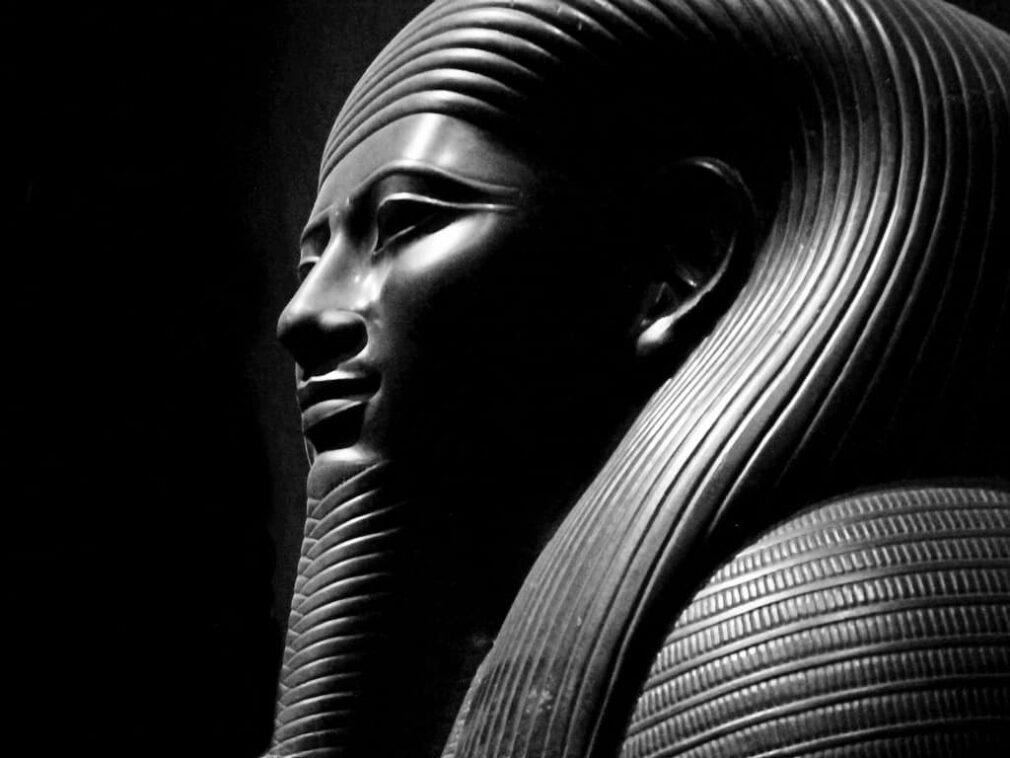When posed with the question of the height of ancient Egyptians at the Petrie Museum, the assumption was made based on the size of surviving sandals, and other artifacts like headrests, that they were likely similar in stature to modern humans. Despite this being a somewhat informal approach, the assumptions didn’t significantly deviate from the archaeological research.
A shift from a hunter-gatherer/pastoral lifestyle to a hierarchical agricultural society, with the pharaoh as a divine leader, influenced the stature of ancient Egyptians. Studies indicate that their height increased from the Predynastic period (5000 BCE) to the beginning of the Dynastic period (3100 BCE). This can be attributed to the stability in food supply resulting from intensified agricultural practices and the establishment of social hierarchies. Later, there was a decrease in stature during the Dynastic period (up to 1800 BCE), probably due to increased social complexity leading to disparities in access to food and healthcare, hence broadening the wealth gap.
However, an analysis of 150 skeletons from this time revealed that the average height was 157.5cm (5ft 2in) for women and 167.9cm (5ft 6in) for men, akin to modern times. What stands out is the gender height difference, which was smaller in ancient Egypt at 10.4cm, compared to the current average of 12-13cm. This finding was unexpected to researchers, considering the presumed preferential access to food and healthcare for men in that era. The data likely suggests that women in ancient Egypt enjoyed a relatively higher status compared to other ancient societies.
As it is today, many factors determined the height of an ancient Egyptian. Ancient Egypt was a diverse and cosmopolitan society, with varying body types, hair, and skin color, just like modern England. The wealth and social status of an individual were influential in determining their physique. However, unlike today’s England where obesity is often linked to poverty, the affluent in ancient Egypt were more likely to be overweight. Many aspects, including disease, social status, food access, and cultural aesthetics, have historically influenced human physique, and will likely continue to influence it as we explore our perception of the ideal body type.
Could an ancient Egyptian pharaoh have been a giant?

The ancient Pharaoh Sa-Nakht may represent the oldest documented case of acromegaly.
Sa-Nakht, who was akin to a towering mythological figure, governed ancient Egypt around 2700 B.C. A recent study has suggested that this pharaoh could have been one of the earliest recorded individuals suffering from gigantism or acromegaly.
Michael E. Habicht from the Institute of Evolutionary Medicine at the University of Zurich, along with his team, reevaluated measurements and images of bones believed to be Sa-Nakht’s in a study published in The Lancet Diabetes & Endocrinology. They discovered signs of “excessive growth,” typically associated with acromegaly. This disorder typically emerges when the body produces an excessive amount of growth hormone, often due to a pituitary tumor. While Sa-Nakht would only be slightly taller than the average man today—just below six-foot-two—he would have greatly surpassed his peers in height during his time. According to Habicht’s interview with Live Science, most ancient Egyptian men only reached a height of about five-foot-six.
Although pharaohs were generally taller than the general population, most likely due to improved access to healthcare and nutritious food, Sa-Nakht stood a remarkable five inches taller than the second tallest pharaoh on record, Ramesses II. Despite this, no other ancient Egyptian royalty are known or believed to have been giants. Researchers admit they cannot definitively confirm that the remains unearthed from an elite tomb in 1901 are genuinely Sa-Nakht’s, and overall, very little is known about this particular pharaoh.
Interestingly, extreme height didn’t appear to confer any distinct social benefits or drawbacks in ancient Egypt. Conversely, individuals with dwarfism were highly regarded, often serving as assistants to pharaohs or viewed as divine entities.
Considering the historical sizes of figures from ancient Egypt can be astonishing, it’s sometimes challenging to visualize these numbers without context. The height comparison tool can be a helpful resource in this regard. It provides a visual comparison between different heights, making it easier to comprehend the stature of an individual like Sa-Nakht in relation to contemporary standards or other historical figures.
Additionally, on this website, you’ll also find the Blue Whale Size Comparison tool. This fascinating feature allows you to compare the dimensions of the largest known animal, the blue whale, with various objects, humans, and other animals. It’s an excellent way to visualize the sheer magnitude of this majestic sea creature.


